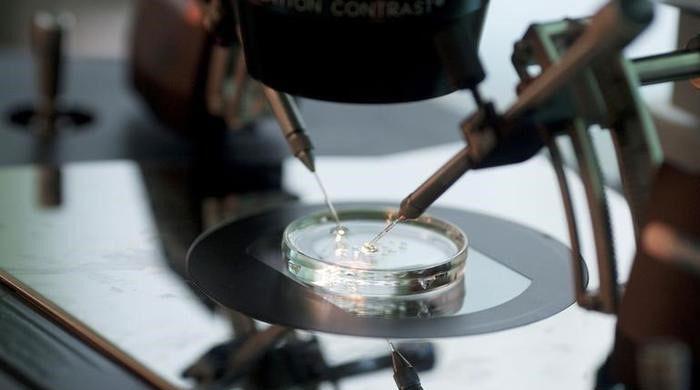In vitro fertilisation (IVF), a sophisticated series of procedures designed to facilitate pregnancy, stands as a powerful solution for couples grappling with infertility, Mayo Clinic reported.
On Wednesday, the Alabama Supreme Court ruled that frozen embryos can be considered children under state law, a decision that has drawn criticism from the White House and the top US infertility association. This calls for an understanding of what the In Vitro fertilisation (IVF) process is.
The treatment, encompassing the manipulation of eggs, embryos, and sperm, falls under the broader category of assisted reproductive technology, with IVF cycles typically spanning 2 to 3 weeks.
Mature eggs harvested from ovaries are fertilised with sperm in a laboratory, and resulting embryos are then strategically placed in the uterus, where fetal development occurs.
IVF can involve a couple’s reproductive materials or incorporate elements from known or unknown donors. Additionally, gestational carriers may play a role in certain cases, offering their uterus for embryo implantation.
Factors influencing IVF success
The success of IVF depends on numerous factors, including age and the underlying cause of infertility. However, the procedure, while effective, entails a considerable investment of time, expense, and invasive procedures. Multiple pregnancies may occur if more than one embryo is implanted.
Healthcare teams play a crucial role in guiding individuals through the intricacies of IVF, detailing potential risks and assessing its appropriateness for each case.
Versatile applications of IVF
IVF serves as a versatile intervention, addressing infertility and genetic concerns. Fertility drugs or intrauterine insemination are alternatives explored before opting for IVF. The treatment is particularly considered for those over 40, individuals with specific health conditions like fallopian tube damage, ovulation disorders, endometriosis, uterine fibroids, or previous surgeries like tubal ligation.
Issues with sperm, unexplained infertility, genetic disorders, and a desire to preserve fertility due to cancer treatment are additional scenarios where IVF emerges as a viable solution. In cases where pregnancy poses health risks or individuals lack a working uterus, gestational carriers can contribute to the IVF process.
Understanding the diverse applications of IVF empowers individuals to make informed decisions tailored to their unique circumstances, emphasising the pivotal role of healthcare professionals in guiding them through this intricate journey.

